Disasters often herald the beginning of a transition. This is because the impact of such a disaster now becomes visible and there is a huge desire to not go through such a terrible experience again. Consequently, structural changes can be implemented faster. Given the mortality rate and the economic impact, COVID-19 also be considered a disaster. “Whether this will also be the starting signal of a transition is still unclear. But if it is, this will be beneficial for several reasons,” says prof. dr. ir. Anke van Hal, Professor of Sustainable Building at Nyenrode Business University, in her essay ‘Omdat veel belangen samenvallen’ (Because many interests coincide).
“Measures that need to be taken in neighborhoods, such as keeping your distance, sheltering and not traveling outside your own area, are similar to the measures that are called for in the context of the climate crisis,” according to Van Hal. “Whether you take measures to be in a better position to withstand a pandemic or to reduce the climate problem, the knife cuts both ways. The energy transition may therefore take flight because of COVID-19. However, this requires long-term vision, aimed at realizing that this pandemic could last longer than expected or that a new pandemic could hit us in the future. The benefits of such a long-term vision can be immense, especially in vulnerable neighborhoods. A comparison with the 1953 North Sea flood illustrates this insight and can provide concrete recommendations.”
Flood vs. Coronacrisis
Various transition theories emphasize that the first phase of a development in which something new, such as a new way of working, a new policy or a system change, eventually becomes commonplace, often starts with a crisis or a disaster. The 1953 North Sea flood is an example. “When we compare the consequences of the 1953 flood and those of the Coronavirus now, we can see that the consequences of the current pandemic can be huge, but also positive, especially at the local level,” according to Anke van Hal. “We must learn lessons from the past, and not assume a rapid vaccination, but also think of scenarios in which there is no effective containment strategy or of the option that another virus will come. The response to the North Sea flood comprised of both a long-term and a short-term vision. For the time being, the short-term vision seems to dominate the Coronacrisis response. Virtually all the measures taken (partial lockdowns, limiting the number of contacts, financial support packages for companies) are intended to bridge the period until everyone is vaccinated. As yet, the government is not communicating a long-term vision.
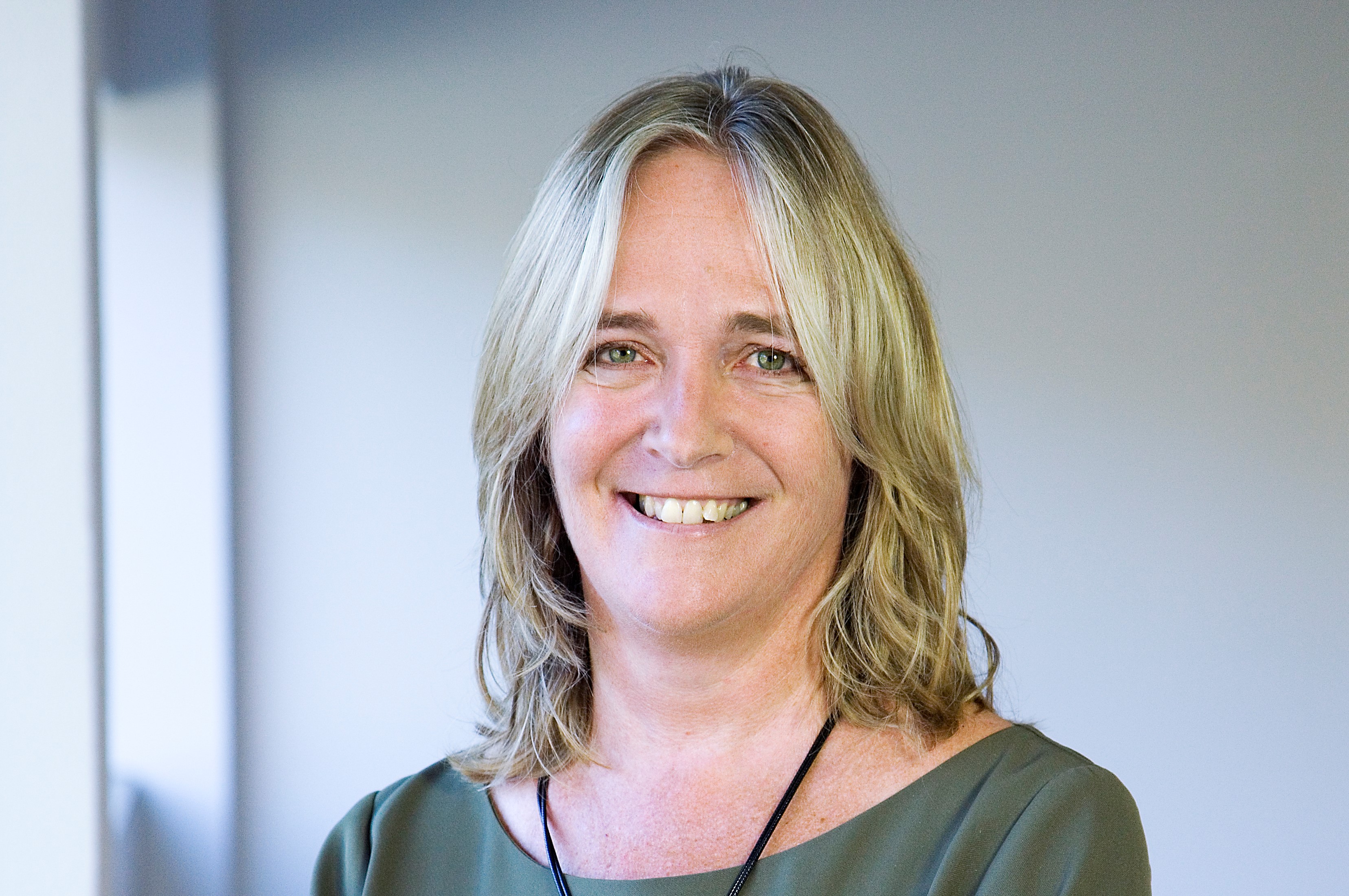
Urgency in vulnerable neighborhoods
A long-term vision regarding pandemics would result in measures that are also desirable for many other reasons. Especially in vulnerable neighborhoods. “If governments, housing corporations and other civic organizations look carefully at the interests that have changed as a result of the pandemic, they will almost certainly come to the conclusion that it is precisely in those vulnerable neighborhoods, where people with low quality houses have little space indoors and often no outdoor space, that there is an urgency to work on improving the indoor climate and the living environment,” says van Hal. The first can be done by refurbishing housing so they have good ventilation and good insulation. If there are plans for a heating grid in these neighborhoods, the obvious solution is to speed up these plans, because the layout of the outdoor space can also be changed at the same time. Especially in those neighborhoods there is a great need for a green living environment that offers opportunities for relaxation and recreation. Adding more green areas also creates more opportunities for social distancing. Bringing back or improving places where people can meet up and creating jobs must also be given high priority. Not only from a social point of view, but it also creates opportunities to involve residents in activities regarding the energy transition.
Long-term vision
The highest priority is the development of a clear, long-term vision, communicated by the central government, based on both the possibility of a new virus in the future and that an effective vaccination for the current virus might take a while longer. One of the ways in which the central government can show good leadership is by also taking a good look at how interests have changed as a result of the pandemic and, on that basis, make new choices with regard to innovation and investments. Vulnerable neighborhoods therefore not only have to suffer the negative consequences of this pandemic but can also share in and profit from the positive consequences. For instance, the province of Zeeland eventually came out of the flood disaster a lot better in many ways.
The essay ‘Omdat belangen samenvallen’, written by Anke van Hal in collaboration with Matthijs Uyterlinde and various other parties involved, discusses the potential impact of the Coronacrisis on the experimental program ‘Verduurzaming van Kwetsbare Wijken’ (Making Vulnerable Neighborhoods Sustainable). The program is aimed at districts and neighborhoods where a relatively high percentage of residents require benefits or extra social support, where public spaces are often in a poor state of repair, where many homes need maintenance and where livability and safety are under pressure.
Related programs
-
Modular Executive MBA in Business & Sustainable Transitions
Start date: spring & autumnLanguage:- Dutch
Location:- Breukelen
The Modular Executive MBA in Business & Sustainable Transitions focuses on transitions underway around sustainability.
View program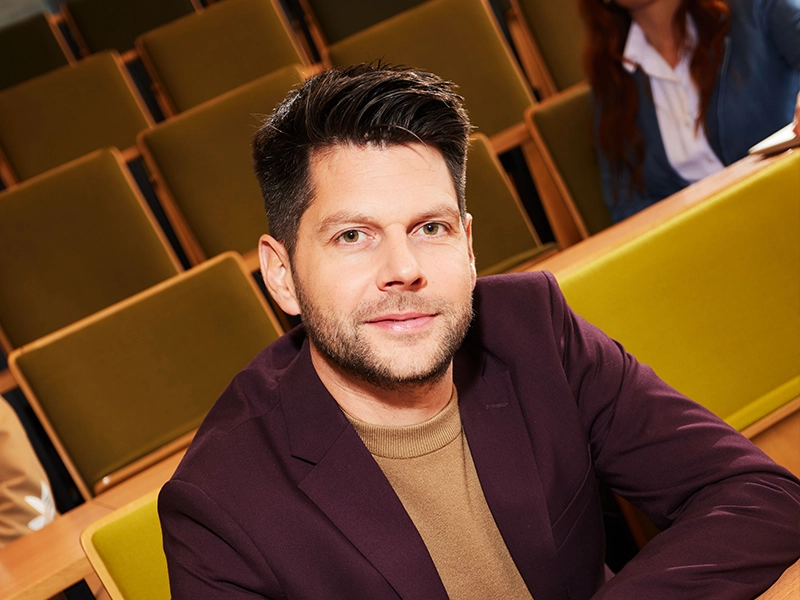
-
Transition, Innovation and Entrepreneurship
Start date: Autumn, 2026Language:- Dutch
Location:- Breukelen
This module is only given in Dutch. Please visit our Dutch site.
View program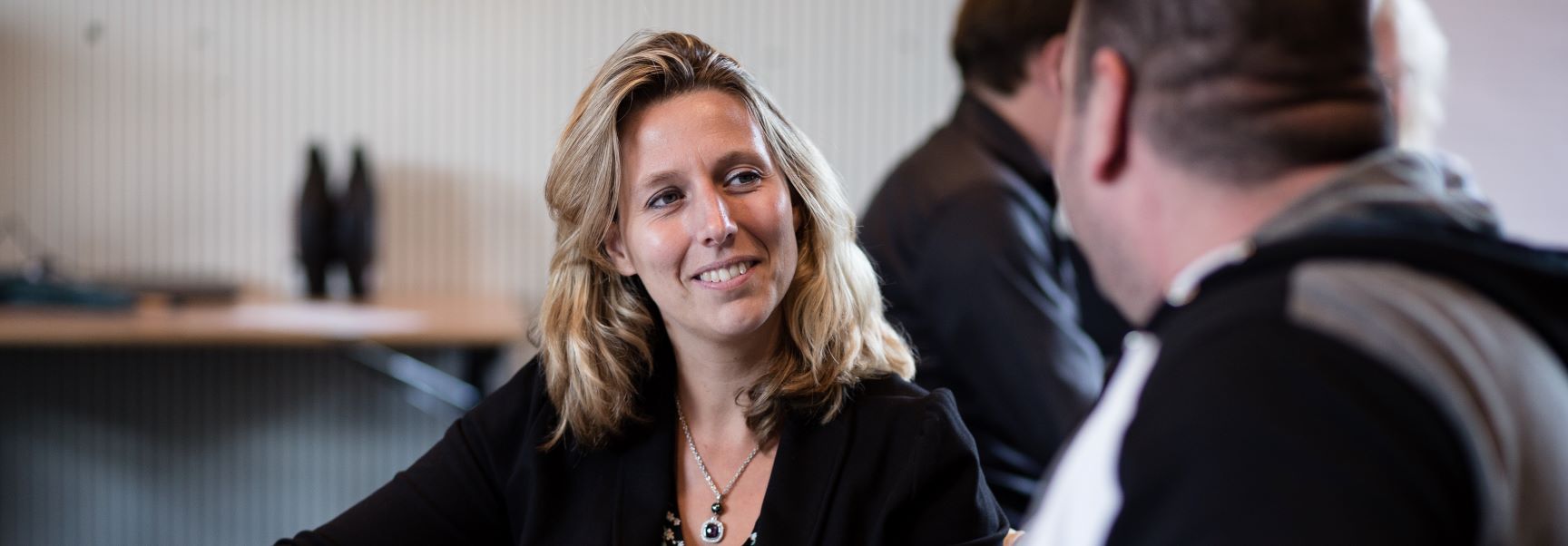
-
Executive Program Energy Transition in Business and Leadership
Start date: 17 November 2025Language:- English
Location:- Amsterdam
- Other...
This executive programme focuses on the development of new business models at a time of massive and disruptive change in the energy market. It has three main parts.
View program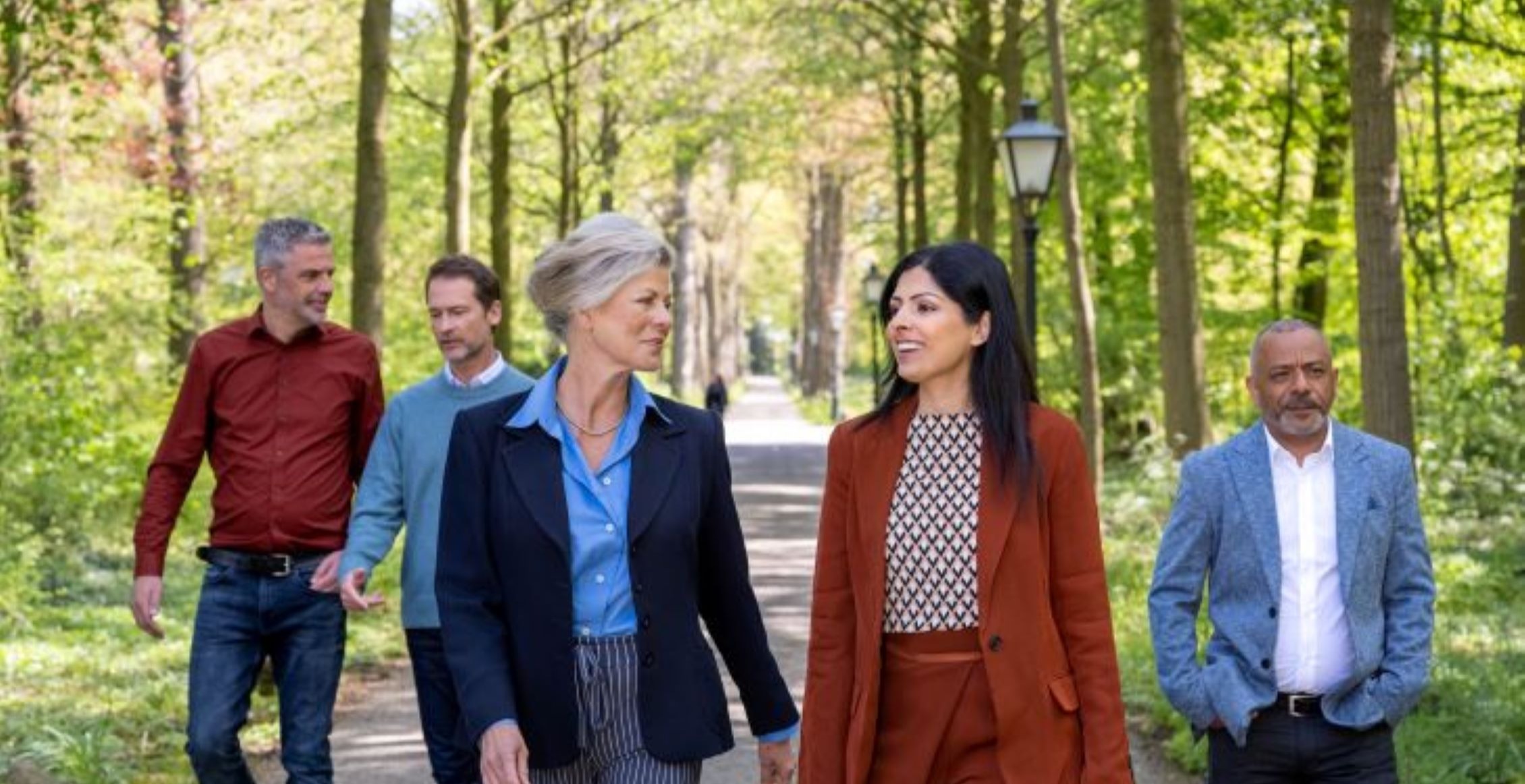
-
Executive Program Hydrogen
Start date: new dates will followLanguage:- English
Location:- Breukelen
In the dynamic world of the energy transition, the Executive Hydrogen Programme emerges as a platform for leaders in the hydrogen sector.
View program
-
Executive Programme Energy Transition and Innovatione
Start date: March 23, 2026Language:- English
Location:- Breukelen
- Other...
Get ready for the future of energy – with Nyenrode Business University, RWTH Aachen University of Technology and the International Energy Agency
View program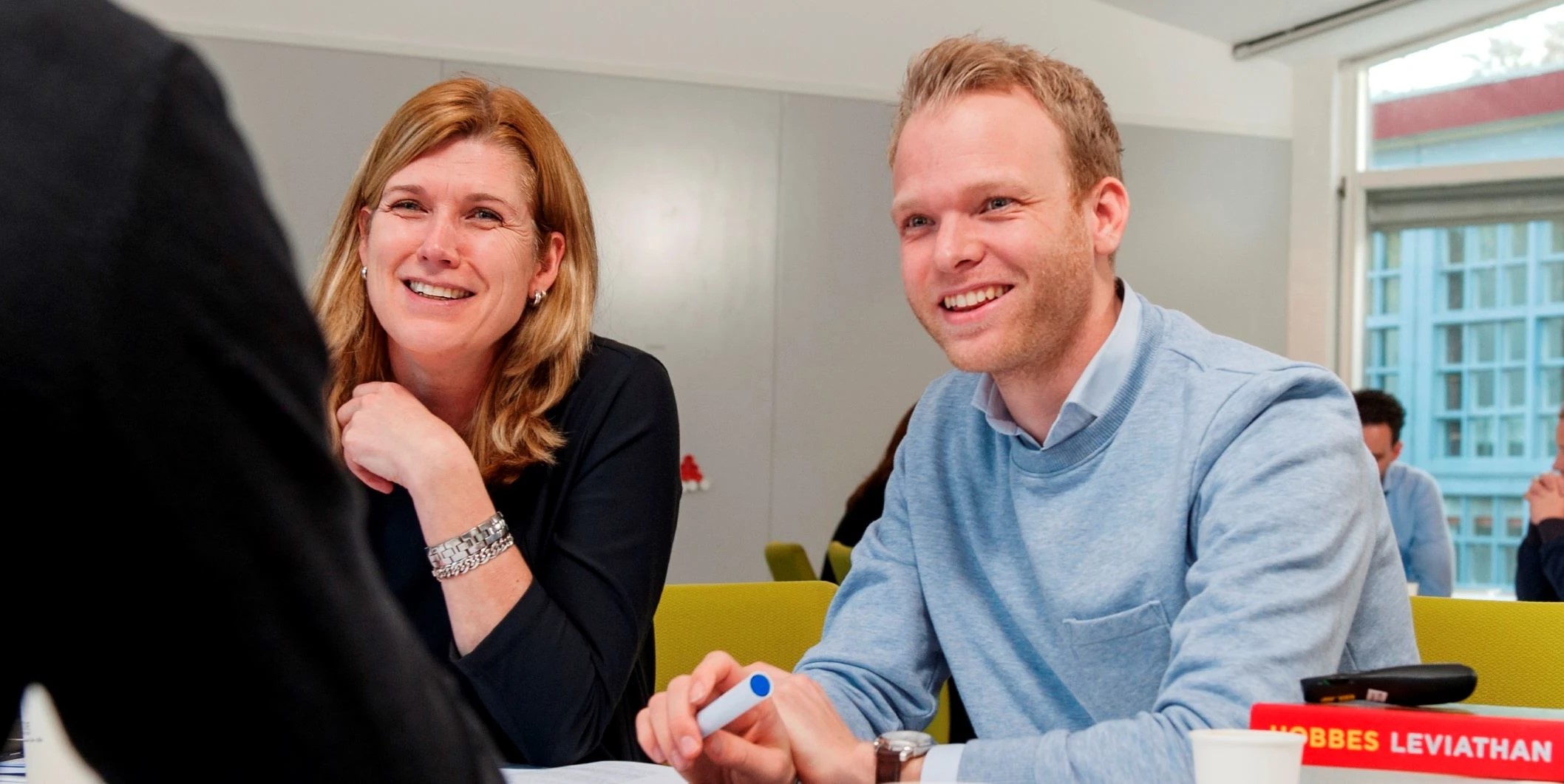
-
Sustainability and Systemic Change
Start date: March 17, 2026Language:- English
Location:- Breukelen
Develop knowledge and skills to create opportunities for sustainable value creation from a leadership rol.
View program

